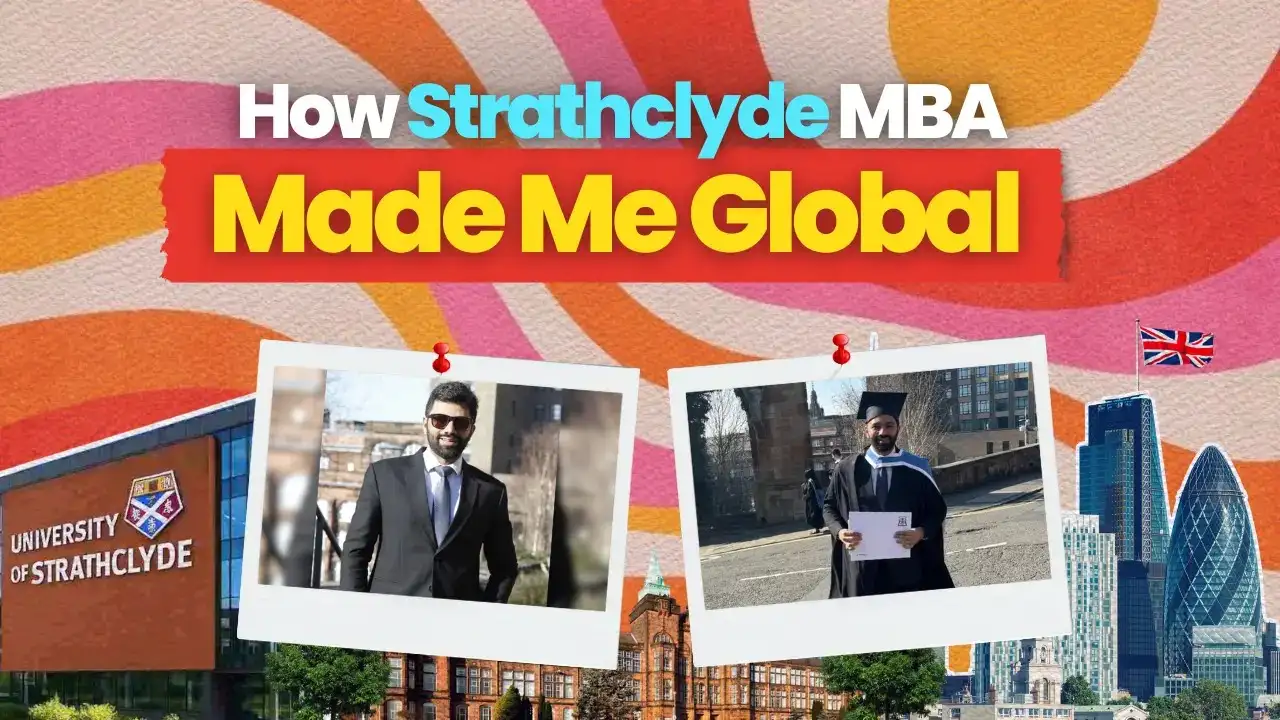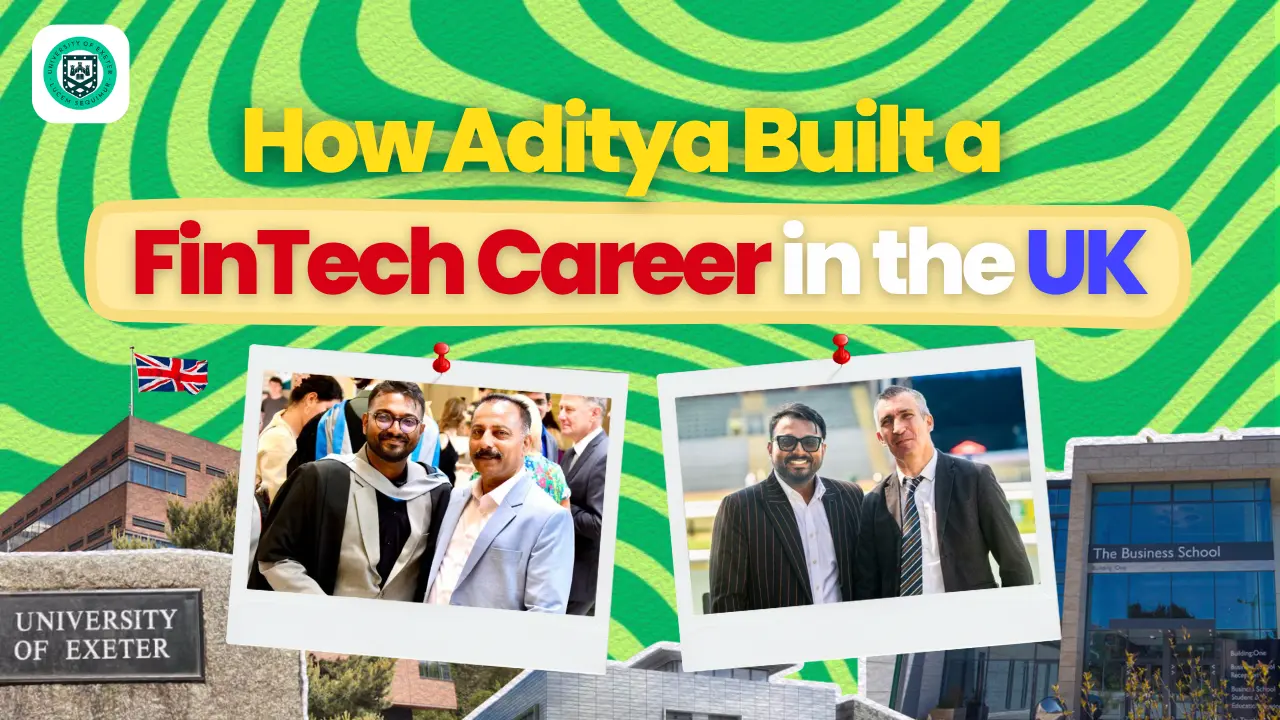Student Reviews
AI Is Raising the Bar for Engineers — Sai Srikar Explains How to Stay Ahead

Sai Srikar Vaidyula is an infrastructure engineer at Qualcomm . He pursued his undergraduate degree in Electrical Engineering from IIT Hyderabad. After working at Qualcomm India for four years, he moved to the US to pursue a Master’s in Electrical Engineering at UC San Diego in Electrical and Electronics Engineering. Post-graduation, he returned to Qualcomm in the US, where he continues to work in infrastructure engineering.
We sat down with Sai to learn more about his academic path, decision to study abroad, and how he sees AI shaping the future of his field.
Q. Tell us about your background.
I’m from Hyderabad. During my undergraduate studies, along with a few others, we requested a minor in Biomedical Engineering, as it wasn’t formally offered at the time. We saw strong intersections between electrical engineering and biomedical applications, and the faculty supported us in structuring that program.
After graduating, I worked for four years. Initially, I planned to stay for three years, but due to COVID, it stretched into a fourth year. During that time, I was also preparing applications to pursue a master’s abroad. Eventually, I chose UC San Diego.
Q. How would you describe your experience as a master’s student in California?
Academically, the most significant shift was the increased structure of the coursework. Homework assignments were directly built on what we learned in class, and projects gave us the freedom to explore our own ideas. One highlight was the statistical learning series, which provides a deep dive into the mathematical and probabilistic foundations of machine learning. The program's flexibility allowed me to tailor my coursework to my goals.
On the personal side, I was fortunate to have mutual friends already at UCSD, which made the transition much easier. I consider myself an introvert, but within the first week, I had a close circle of friends who stayed with me throughout my master’s. That made a huge difference, whether it was collaborating on projects or simply hanging out outside class.
As for campus life, I wasn’t very active in clubs, but I enjoyed social life through friendships and travel. Initially, every expense felt burdensome because I was constantly converting dollars into rupees in my mind. But after securing internships, things became easier, and we started traveling more. Some of my best memories are from long weekends spent exploring California with friends. Having extended relatives in the US also gave me a sense of support and connection outside of campus.
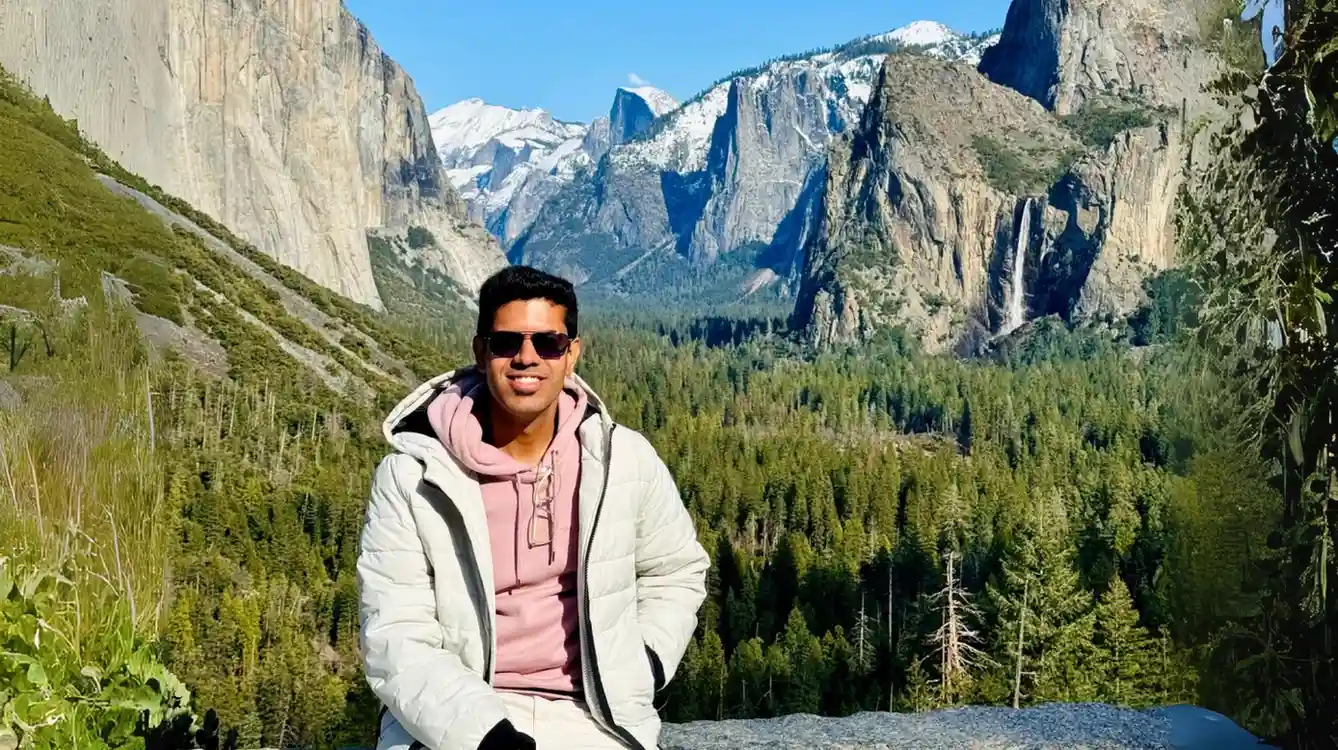
Q. How did you finance your education? Can you give us a rough breakdown of the costs?
I completed my master’s in five quarters, and each quarter cost around $11,000. The total tuition fee came to approximately $55,000. On top of that, I stayed in graduate housing, where the rent was about $800 per month. Factoring in living expenses, the overall cost was around $70,000 or slightly higher.
To finance this, I took a loan of about ₹20 lakhs from India. The remaining ₹20 lakhs I was able to cover through savings from my work experience in India. In the first year, managing expenses was a bit difficult, but things eased up later. I took on small on-campus roles that, while they didn’t provide tuition waivers, helped cover groceries and day-to-day expenses. After my internship in the fourth quarter, finances became more comfortable.
In my final quarter, I also worked as a teaching assistant, which came with a stipend and a partial tuition waiver. That support made a significant difference and helped me wrap up my degree more comfortably.
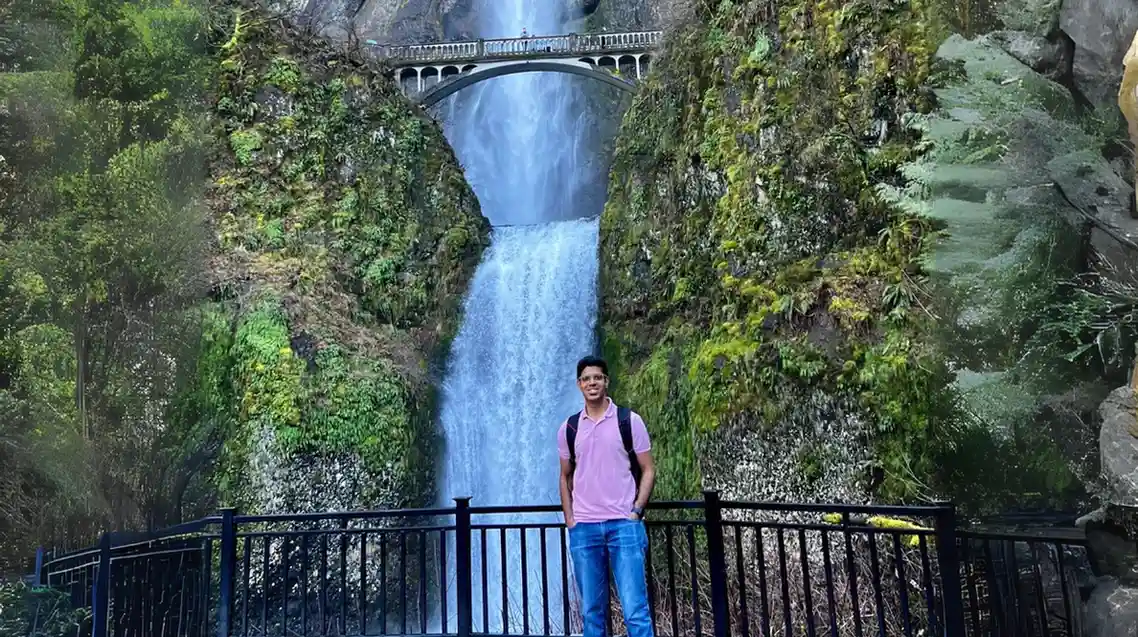
Q. How did you land your job? Any tips?
For internships, one thing I quickly realised was that the process starts much earlier than you expect. Since UCSD follows the quarter system, our classes began in mid-September, but by then, students from other universities had already secured internships. That was intimidating, because you’d assume you first build your skill set during the master’s and then apply, but in reality, preparation starts even before you arrive in the US. Updating your resume, networking, getting referrals, and having a portfolio ready make a huge difference.
In my case, my prior work experience in India was a decisive advantage. I’d strongly recommend working on projects and keeping the codebases public—those projects can serve as your proof of skills.
Eventually, I secured internship offers from both Qualcomm and AMD. I chose Qualcomm because it was closer, although they placed me in a computer architecture role, an area with which I had no prior experience. But the steep learning curve pushed me to take a course in computer architecture later in my final quarter. That experience gave me a much deeper appreciation for how software and hardware interact, something that still shapes my work as a software engineer today.
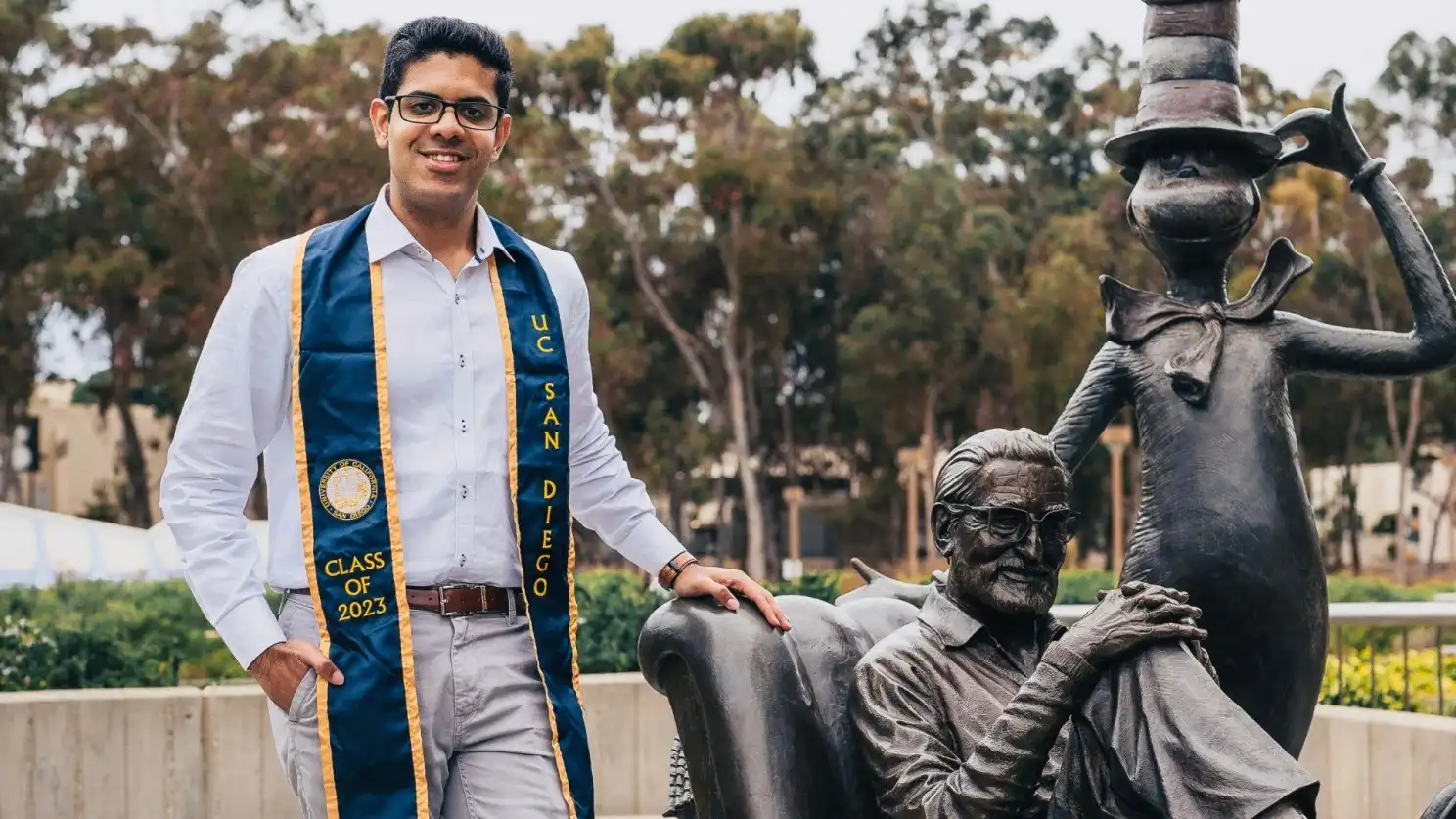
Q. How do you see AI changing your field? Have things shifted since the rise of ChatGPT and the AI boom?
On a practical level, tools like ChatGPT already boost productivity. For example, I might write a script and then run it through an LLM to see if it can be optimized. Sometimes my version is better, but often the model spots improvements I hadn’t considered. It is surprisingly adept at understanding even complex code, which makes it a great learning tool.
Looking ahead, it is getting harder for software engineers to stay competitive without serious experience in transformers and LLMs. To build that expertise, you either need advanced academic training, such as a master’s or PhD, or you need to invest in your own learning, which can be expensive because it requires GPUs and specialized resources. I also see enormous opportunities for engineers with strong hardware knowledge. During my internship, when I was introduced to computer architecture, I realized the value of writing software optimized for the hardware it runs on. With today’s massive LLMs, efficiency is critical. Engineers who can bridge the gap between software and hardware will be in high demand, as this is where real performance gains lie. AI is not replacing engineers, but instead raising the bar. It is pushing us to deepen our expertise, whether that involves advanced AI models or hardware-software optimization.
